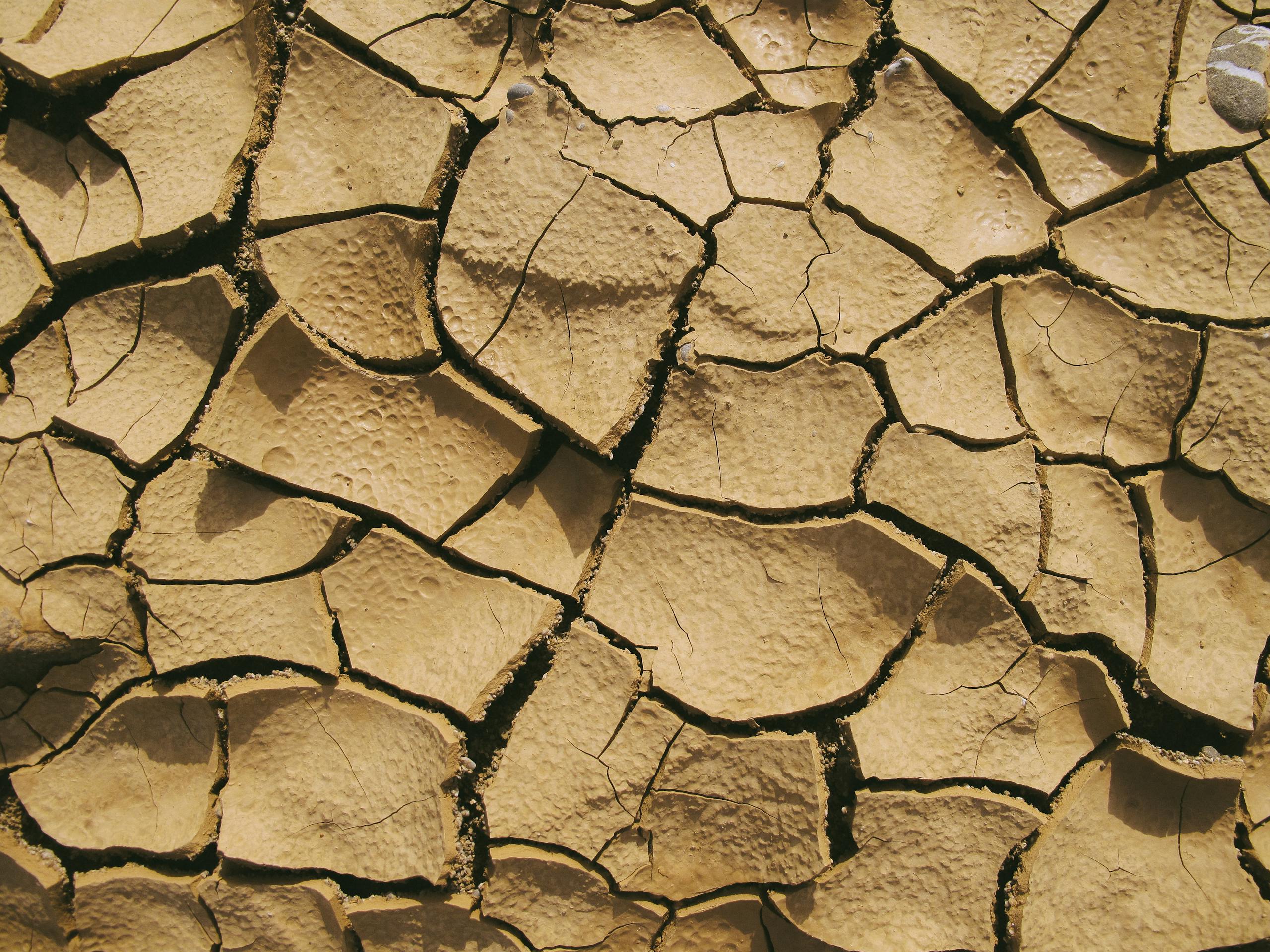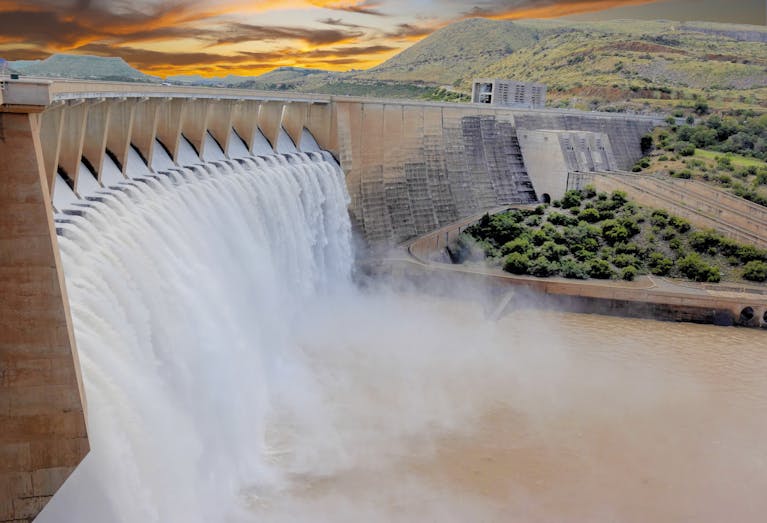Massive Magma Movement Revealed Beneath Santorini and Kolumbo

At the beginning of 2025, the Greek island of Santorini and its surroundings experienced a dramatic seismic event. Tens of thousands of earthquakes rattled the region, sparking both public concern and scientific investigation.
A new study published in Nature by researchers from the GFZ Helmholtz Centre for Geosciences, the GEOMAR Helmholtz Centre for Ocean Research Kiel, and international collaborators has now provided the most detailed explanation to date of what caused this seismic crisis.
The results show that the swarm of earthquakes was triggered by a vast amount of magma rising from deep underground and stalling a few kilometers beneath the seafloor near the Kolumbo submarine volcano, just northeast of Santorini. Using cutting-edge AI methods and a broad monitoring network, scientists have pieced together how magma moved through the crust, fractured rock, and caused widespread shaking.
The Scale of the Earthquake Swarm
Between late January and early 2025, more than 28,000 earthquakes were recorded in the Santorini–Kolumbo region. The strongest exceeded magnitude 5.0, producing shaking that alarmed residents and authorities. The sheer number of quakes was unusual, and because their cause was not immediately clear, speculation grew over whether the activity was tectonic (caused by fault movements) or volcanic (driven by magma).
The study found that about 300 million cubic meters of magma rose from depths of roughly 18 kilometers to as shallow as 3 to 4 kilometers beneath the seafloor. This massive upward movement fractured surrounding rock, producing thousands of earthquakes in rapid succession.
How Scientists Tracked the Magma
To reach these conclusions, researchers combined several types of data:
- Seismic stations on land across Santorini detected earthquake activity with high sensitivity.
- Seafloor sensors near Kolumbo measured not only seismic signals but also changes in water pressure, which reflected seafloor subsidence.
- Satellite-based InSAR (Interferometric Synthetic Aperture Radar) and GPS stations measured surface deformation, recording small but significant movements of the ground.
- An AI-supported earthquake detection system analyzed massive datasets, identifying far more small quakes than traditional catalogs.
Together, these methods produced a highly detailed temporal and spatial model of the magma’s ascent. The data revealed that the swarm began under Santorini but gradually migrated northeastward toward Kolumbo, moving in pulses and ascending toward shallower depths.
What Happened Beneath the Surface
The chain of events seems to have started in July 2024, when magma rose into a shallow reservoir beneath Santorini. This caused the island to uplift by a few centimeters, though this early signal was subtle and went largely unnoticed.
By January 2025, seismic activity had intensified, and magma began rising more aggressively from depth. As it advanced, the magma fractured crustal rock, creating pathways and triggering thousands of earthquakes.
Interestingly, as magma moved toward Kolumbo, Santorini subsided slightly instead of continuing to uplift. This unexpected behavior led researchers to conclude that the two volcanic systems are hydraulically connected—meaning they share parts of the same underground magma plumbing. This connection had not been recognized before and has important implications for future monitoring.
Santorini’s Volcanic Background
Santorini lies within the Hellenic volcanic arc, one of the most geologically active zones in the Mediterranean. This region formed because the African Plate is subducting beneath the Eurasian/Hellenic Plate, creating intense seismic and volcanic activity.
Santorini itself is the remnant of a massive caldera collapse about 3,600 years ago, one of the largest eruptions in human history, often linked to the decline of the Minoan civilization. Historically, Santorini has erupted multiple times, with the most recent eruption occurring in 1950. In 1956, two large earthquakes struck between Santorini and the nearby island of Amorgos, both above magnitude 7, triggering a damaging tsunami.
Nearby, the Kolumbo submarine volcano, located about 7 kilometers northeast of Santorini, is an active volcanic center in its own right. Its most famous eruption occurred in 1650 CE, when explosions and gas emissions killed people on Santorini and nearby islands, while also generating a tsunami.
The Role of AI in Understanding the Crisis
A crucial breakthrough in this study was the use of AI algorithms to automatically detect and analyze earthquakes. Traditionally, earthquake catalogs miss many small quakes because of data limitations and manual processing constraints. By applying advanced machine learning, scientists were able to identify ten times more earthquakes than earlier catalogs, providing a much clearer picture of how seismicity evolved in space and time.
This approach not only mapped the upward path of magma but also captured its pulse-like behavior—ascending in bursts rather than continuously. Such fine details would have been nearly impossible to observe with conventional methods.
Evidence from Deformation Monitoring
The data collected during the crisis showed remarkable changes in the ground. Before January 2025, instruments recorded uplift of up to 45–50 millimeters, indicating magma accumulation beneath Santorini.
Once the magma intrusion shifted toward Kolumbo, however, seafloor sensors recorded subsidence of up to 30 centimeters. This was interpreted as the surface sinking in response to the redistribution of magma underground. The fact that Santorini itself subsided rather than uplifted highlighted the coupled dynamics of the two volcanoes.
Why This Matters
The findings are significant for several reasons:
- Coupled Magma Systems – The discovery that Santorini and Kolumbo are interconnected changes how scientists view volcanic hazards in the region. Activity at one volcano may directly affect the other.
- Improved Monitoring – By combining AI, seafloor instruments, and satellite data, researchers achieved a near-real-time understanding of magma movement, a leap forward in volcanic crisis management.
- Hazard Preparedness – The 2025 crisis did not lead to an eruption, but the potential risks remain serious. A future eruption from either Santorini or Kolumbo could generate explosive activity, tsunamis, or gas hazards.
- Public Safety – Insights from this study have already been shared with Greek authorities, ensuring that monitoring networks are better equipped to detect and respond to future crises.
Alternative Interpretations
While the Nature study emphasizes magma-driven processes, another analysis published as a preprint on arXiv in 2025 suggested that the crisis may have included a transition from volcanic to tectonic activity. That work proposed that fluid movement and stress redistribution beneath the volcanic field triggered a slow rupture along a 16-kilometer fault, equivalent to a magnitude 6.2 earthquake, followed by aftershocks.
This alternative model does not fully contradict the magma intrusion findings but highlights that the crisis may have involved a mix of magmatic and tectonic processes. Such complexities underscore how difficult it can be to untangle the causes of large earthquake swarms.
What Is Kolumbo and Why Is It Dangerous?
Kolumbo is part of the Christiana–Santorini–Kolumbo volcanic field. Unlike Santorini, much of Kolumbo is hidden beneath the sea. But this does not make it less dangerous.
The 1650 CE eruption of Kolumbo was devastating, producing an estimated 0.9 to 4.9 cubic kilometers of erupted material (dense rock equivalent). The eruption sent volcanic gases into the atmosphere and caused fatalities on nearby islands. A tsunami followed, highlighting the double threat posed by submarine eruptions: explosive blasts combined with water displacement.
Because Kolumbo sits underwater, eruptions can interact violently with seawater, making them unpredictable and potentially more explosive than those on land.
A Region of Constant Tectonic Pressure
The southern Aegean is among the most seismically active areas in Europe. The interaction between the African and Hellenic plates causes faulting, microplate collisions, and subduction, constantly reshaping the crust. Earthquake swarms, while unsettling, are a natural outcome of these processes.
In volcanic regions like Santorini, tectonic and magmatic forces often overlap, complicating efforts to forecast hazards. The 2025 crisis is a perfect example: thousands of earthquakes, some tectonic in nature, many volcanic in origin, all interwoven in a short time frame.
What Comes Next?
Despite the decline in seismic activity since early 2025, monitoring continues intensively. Researchers have maintained gas and temperature measurements on Santorini and eight seabed sensor platforms around Kolumbo. The long-term goal is to refine predictive models so that any future crisis can be managed with minimal risk to the population.
The key takeaway is that while the 2025 swarm did not culminate in an eruption, it provided an unprecedented window into how magma moves beneath volcanoes. Understanding these processes is essential for improving forecasting and protecting communities living near active volcanic systems.
Research Reference
Volcanic crisis reveals coupled magma system at Santorini and Kolumbo – Nature (2025)





